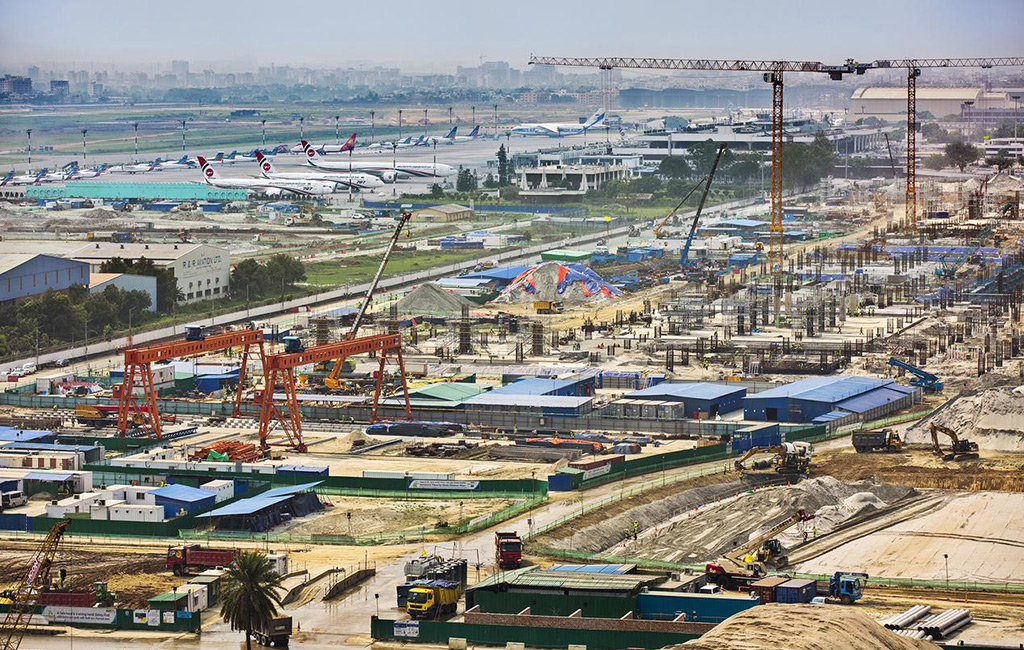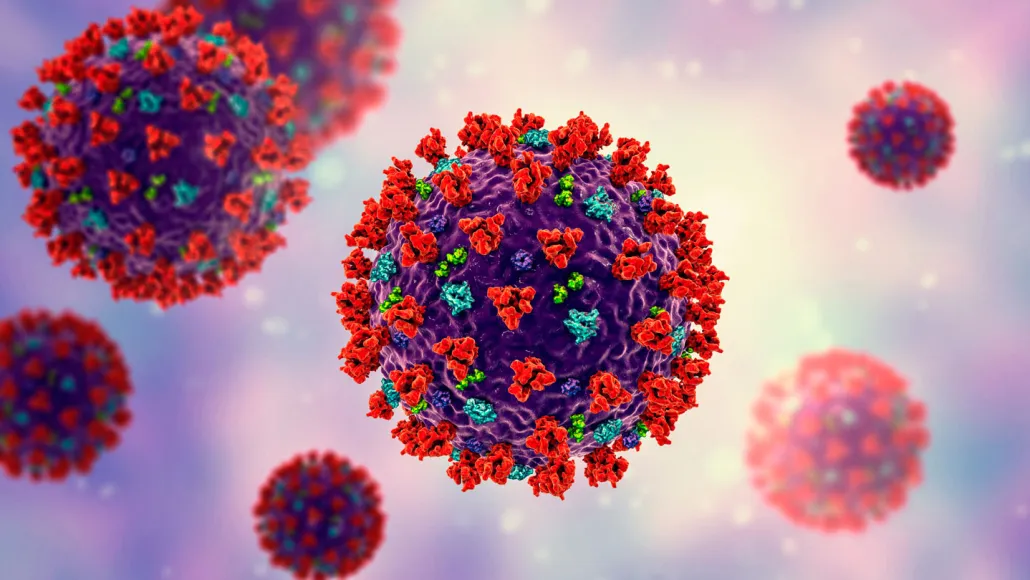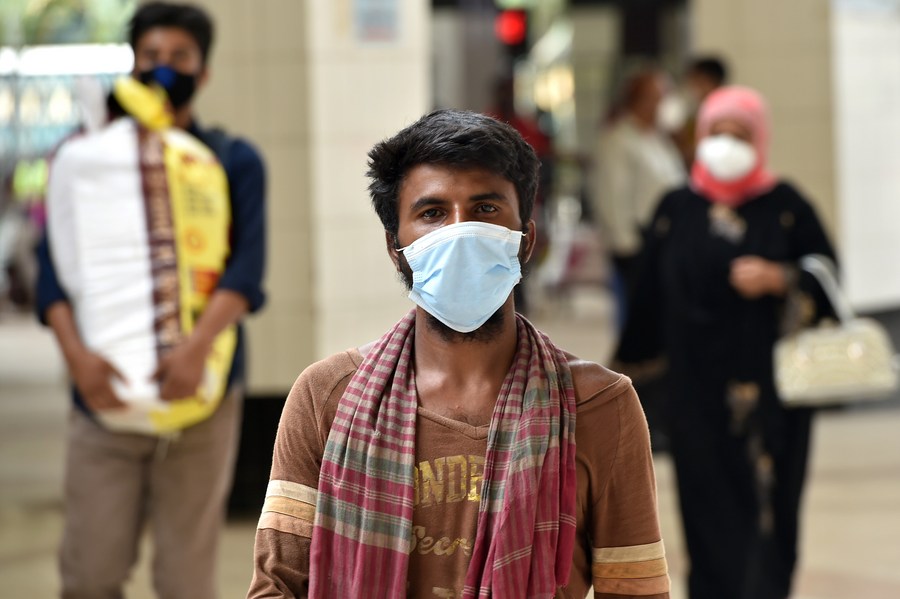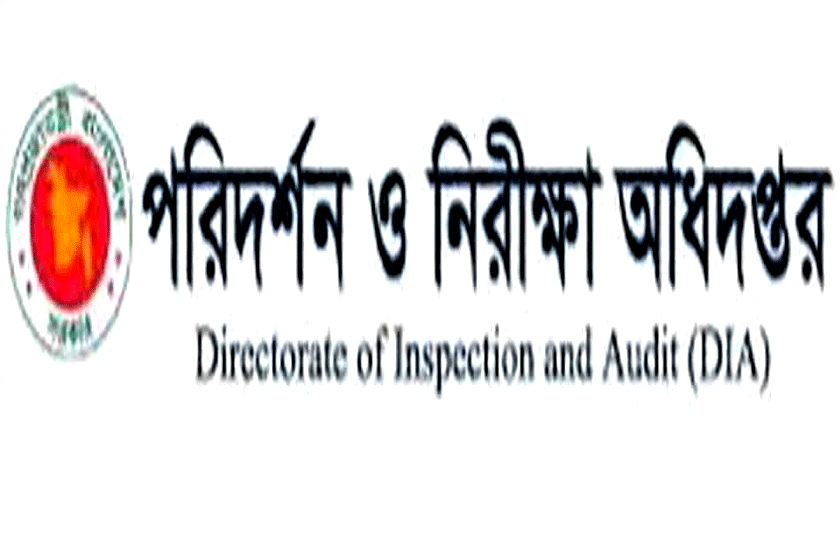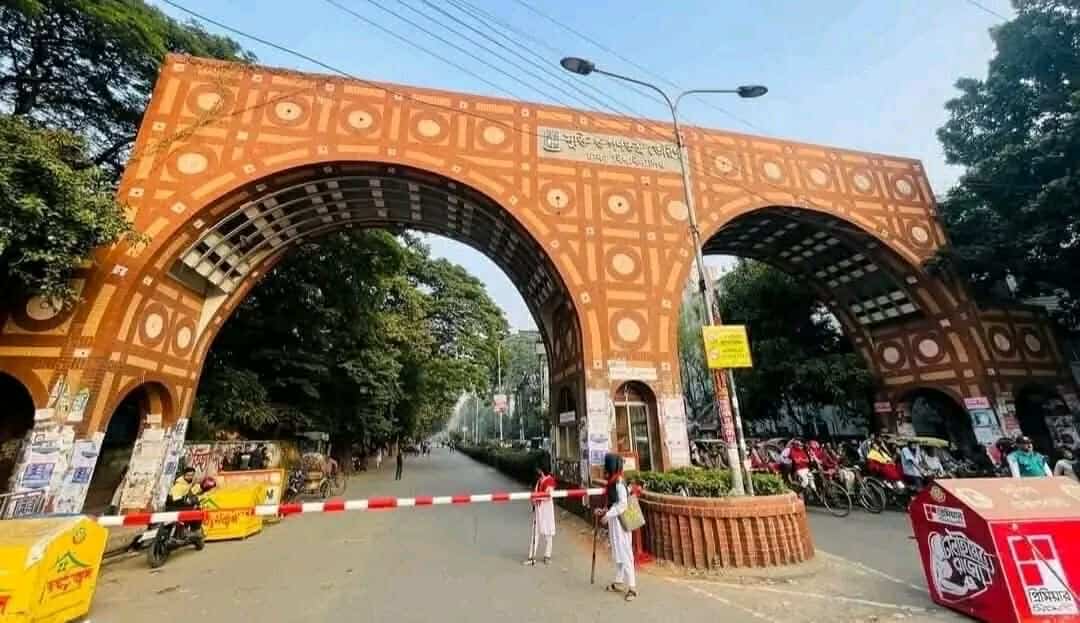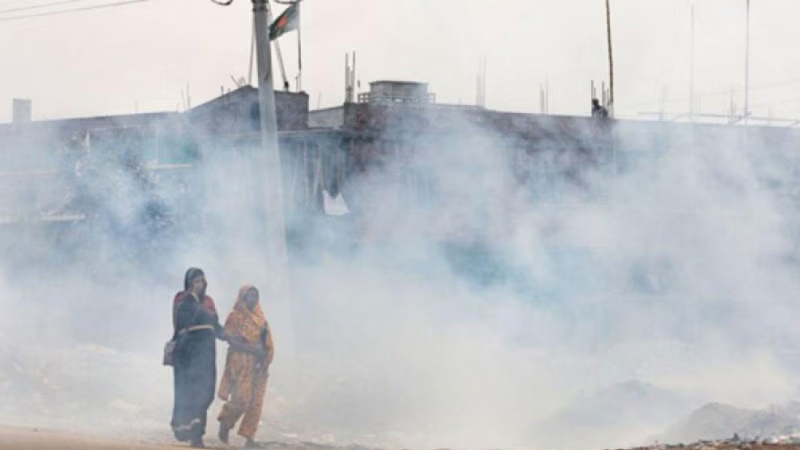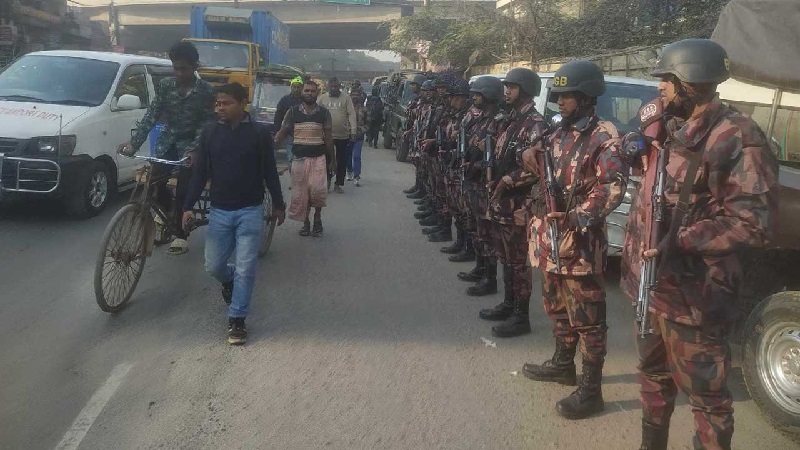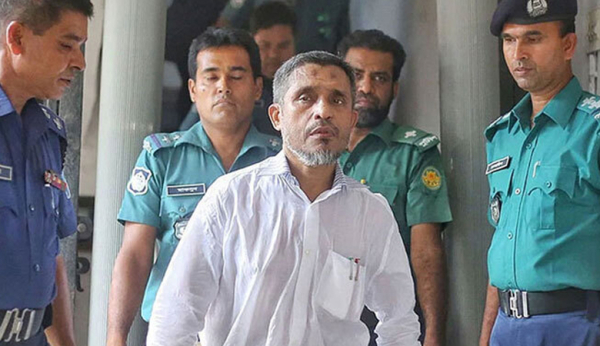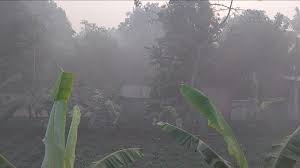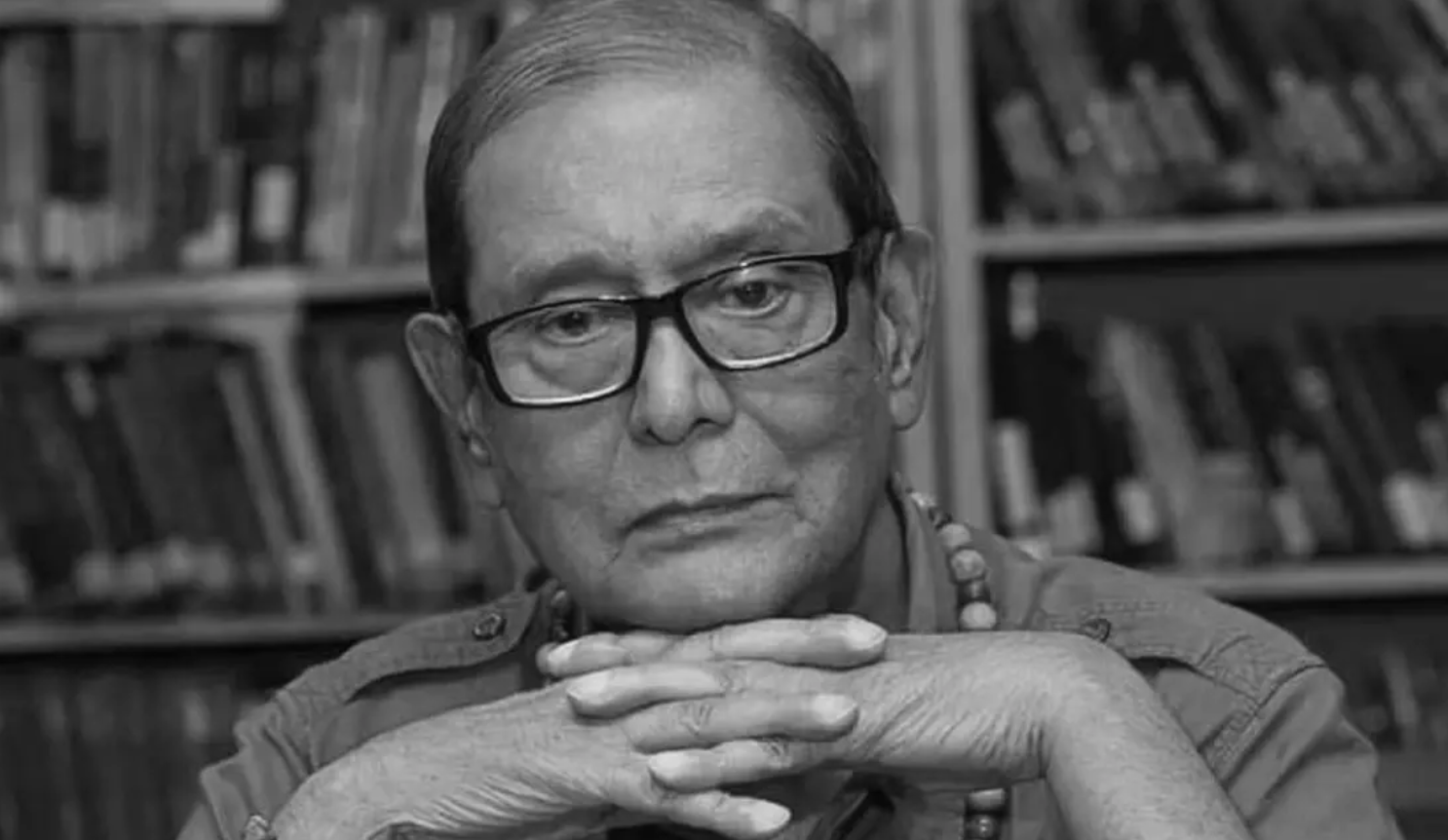Authorities in Bogura confirmed that the fresh lives were lost as they did not have enough nasal cannulas to ensure high-flow oxygen to the four confirmed and three suspected Covid patients who had serious breathing difficulty.
Fear gripped patients and nurses at the National Institute of Kidney Diseases and Urology in the capital following a sudden suspension of its central oxygen supply, which took about four hours to be restored, on Friday morning.
These incidents came on the heel of the death of seven people at the Covid unit of Satkhira Medical College Hospital after the hospital’s central oxygen supply suddenly collapsed at around 6:00pm on Wednesday.
‘We have enough supply of oxygen but not enough devices to channel oxygen in a high flow to critical patients,’ Bogura’s deputy commissioner Ziaul Hoque told New Age.
‘We have two nasal cannulas at the hospital where the deaths occurred,’ said Ziaul, explaining that the device is essential to provide high-flow oxygen to patients with oxygen saturation level below 87.
The dedicated Covid hospital in Bogura, 220-bed Mohammad Ali hospital, is one of the best hospitals in the region in terms of available central oxygen system, attracting Covid patients by the dozen from other northern districts lacking central oxygen facility.
Bogura district is home to 30 lakh people and 13,000 Covid infections have been officially confirmed in the district but its Covid hospital is also visited by patients from districts such as Naogaon, Natore and Chapainawabganj.
DGHS director for hospitals Farid Hossain Miah said that the problem with increasing the supply of high-flow nasal cannulas is that it would sharply increase the oxygen demand.
‘We are trying to deal with the problem little by little and a sudden increase in the oxygen demand would be very difficult to meet,’ said Farid.
He said that the current capacity of oxygen supply in the country was a little over 200 tonnes.
The Bogura Covid hospital’s resident medical officer Shafique Amin Kajal said that a significant number of the 223 patients admitted to the hospital had oxygen saturation level below 85.
For instance, he said, 15 of the 57 patients admitted to the facility on Thursday had oxygen saturation level below 85 while on Friday three such patients were admitted by noon.
‘Oxygen is the food of the brain without which brain cells tire and eventually die,’ said Safique.
Three devices are usually used to supplement oxygen to patients with breathing problem which are face mask, non-rebreather mask and nasal cannula, he said.
Patients with above 90 oxygen saturation level can be treated with five litres of oxygen per minute using face mask while non-rebrether mask may treat people having oxygen saturation level at 85 or above, said Kajal.
A nasal cannula can administer 60 litres of oxygen per minute, which is needed for any patient with oxygen saturation level below 85.
One of the seven people who died due to lack of nasal cannulas had oxygen saturation level at 62, said Kajal.
Local journalists said that the seven deaths in Bogura occurred between 8:00am Thursday and 9:00am Friday.
The Bogura district hospital has two other unused nasal cannulas, supplied as early as in January, which could not yet be attached to any central oxygen system.
There are only 1,670 nasal cannulas in the country of some 16 crore people, where the Covid test positivity rate climbed to over 28 per cent on Friday, according to the Directorate General of Health Services.
Mizanur Rahman, 40, ran around frantically in the ward 3 at the national kidney institute on Friday morning when the central oxygen supply to his almost-unconscious mother faltered because of a disruption in the hospital’s central oxygen supply.
Nurses could not give a reason for the sudden disruption in the oxygen supply and tried to help patients with cylinders that could last only an hour or less.
Institute director Professor Mizanur Rahman cited a minor technical difficulty for the oxygen supply disruption, which required about four hours to be fixed.
Authorities have always rejected any suggestion that Bangladesh has a shortage of oxygen supply, even after India, which accounts for a fifth of the country’s oxygen supply, suspended oxygen export in April.
Recently DGHS line director Robed Amin has said that the country has the capacity to produce about 120 tonnes of oxygen and with contribution from industries it could be increased to 200 tonnes, enough to meet the country’s entire demand.
According to the Covid-19 Oxygen Needs Tracker, a tool developed by the COVID-19 Respiratory Care Response Coordination project, an international initiative, Bangladesh needed 2,78,848 cubic metres or 398 tonnes of oxygen on July 1.


